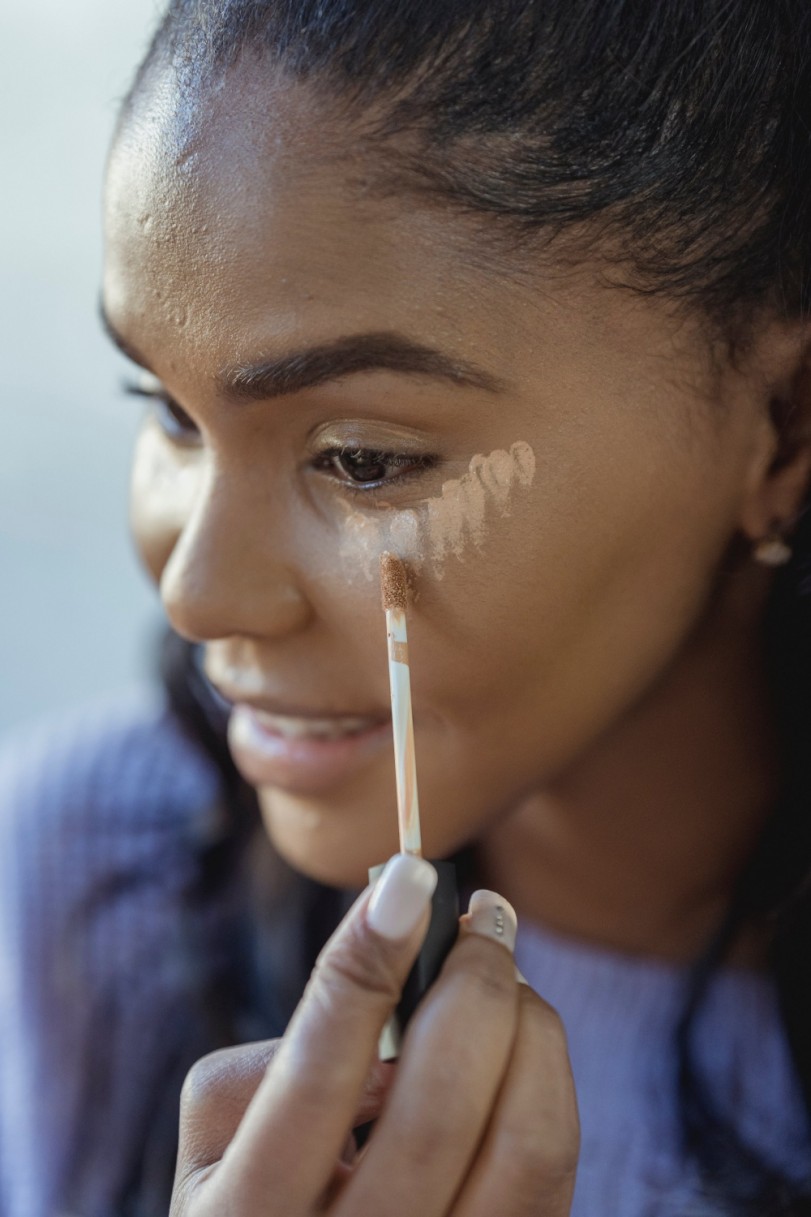
For makeup lovers, a reliable concealer is a must-have in their beauty arsenal. Concealer can help cover up dark circles, blemishes, and any signs of aging like fine lines, providing a flawless, blurred effect.
However, the common woe faced by many makeup users is the tendency of some concealers to crease after a few hours. The product settles into your lines, accentuating them instead of covering them.
This issue can be prevented with these simple steps to do before and after applying your makeup.
Apply a setting powder
Setting powder emerges as a hero in preventing concealer and foundation from creasing or fading.
Setting powders are made to lock makeup in, especially on oily or sweaty skin. Many who use setting powders notice a decrease in creasing, especially with their concealer, as it holds the product in place.
To apply setting powder, use a brush or makeup sponge to lightly tap on the powder on areas with concealer. Let it sit for two to three minutes before using a brush to lightly dust off any excess powder.
One popular and reliable setting powder is the Laura Mercier Translucent Loose Setting Powder.
Keep your undereye sections moisturized
Dry skin can contribute to makeup creasing. Prioritize moisturizing your undereye sections with a daily undereye cream, ensuring it has adequately absorbed into the skin before applying concealer. This not only helps prevent creasing and makes your makeup last longer but also prevents aging and dark circles and supports overall undereye health.
Another way to keep your undereye sections moisturized is to apply a hydrating serum or primer for an extra moisture boost before putting on makeup.
Apply a thin layer of concealer
Cakey makeup can be unattractive and lead to creasing. Due to this, it's important to apply thin layers of makeup so it doesn't build up and become difficult to blend.
To prevent concealer from creasing, take your makeup brush and apply a thin layer of the product on areas where you need it. Build up as needed, but make sure to keep applying thin layers to avoid overdoing it.
If your concealer comes with a doe-foot applicator, create small dots or lines under the eyes instead of doing a thick and wide swipe. This ensures better control and an even finish.
Use a lightweight concealer
Concealers with a thick consistency that's more on the dry side are ideal for a full coverage finish, but these are known to crease. Opt for lightweight formulas under the eyes and reserve creamier textures for concealing blemishes or other skin concerns. This approach provides flexibility on the skin without compromising coverage.
Mix brushes and sponges
Makeup sponges have become the "it" tool for makeup application. They help blend makeup seamlessly, and when used damp, don't soak up excessive product.
When it comes to concealer application, make sure to use both a brush and a makeup sponge. Apply the concealer lightly using your brush, and then blend it with a damp sponge. This combination ensures the concealer stays in place, preventing any unwanted movement or creasing.

